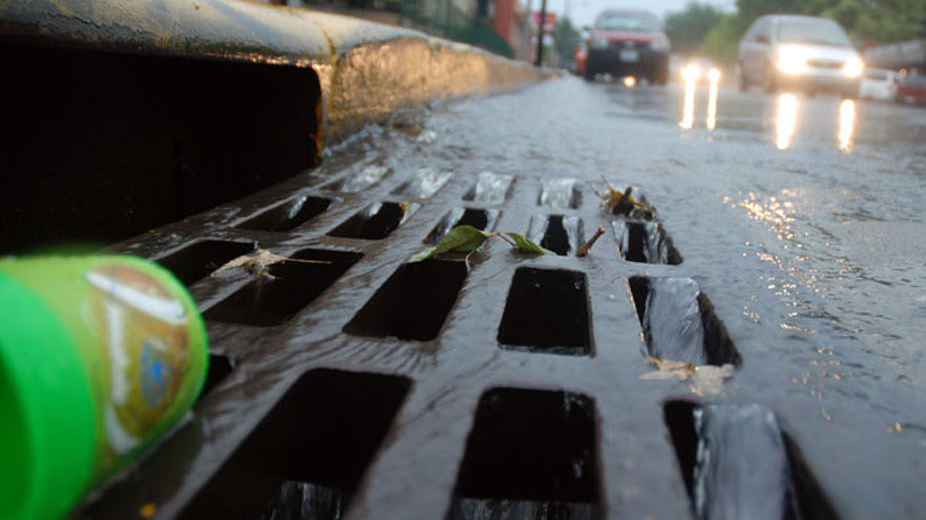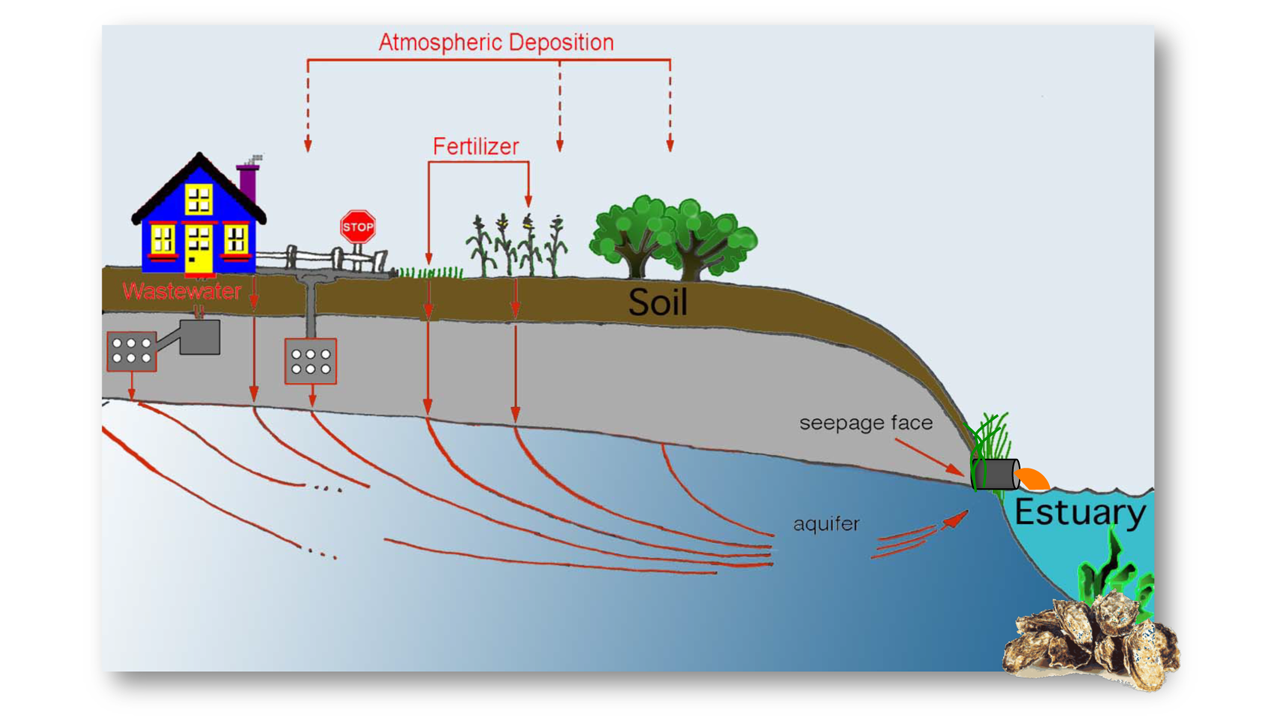Non-point Sources

Runoff, seepage, and drainage can convey nutrients and microbes to rivers and estuaries from a combination of different sources on land, which are collectively referred to as non-point sources.
Impervious surfaces such as roads, parking lots, driveways, sidewalks, and buildings change local hydrology and increase the volume and intensity of downstream flows. These flows flush nutrients, microbes, oils, chemicals, sediments, and debris from roads and nearby areas directly to local streams and ultimately into estuaries and the ocean.
Some other non-point sources common to the northern Gulf of Mexico include agricultural run-off from livestock or crop lands and wildlife and pet waste.
Did you know: Most of the world’s largest cities are on the coast, and urban runoff has been recognized as the leading cause of human-related water pollution for nearly two decades. Impervious surface area, therefore, is a useful indicator of water quality and is often more easily measured than other sources of nutrients and microbes.
Find more information:
- Impervious surfaces and how you can reduce urban runoff
- Managing pet & wildlife waste
- “Scoop the Poop!” is one community’s effort to improve water quality.
- Prevent contamination of drinking water
- Managing livestock waste

Some sources of nutrients (such as nitrogen) to local estuaries include septic systems, atmospheric deposition, fertilizer, and direct discharge from stormwater drains and wastewater treatment plants (image modified from Valiela et al. 2000 Biogeochemistry 49:277-293).
Read about local water quality issues: